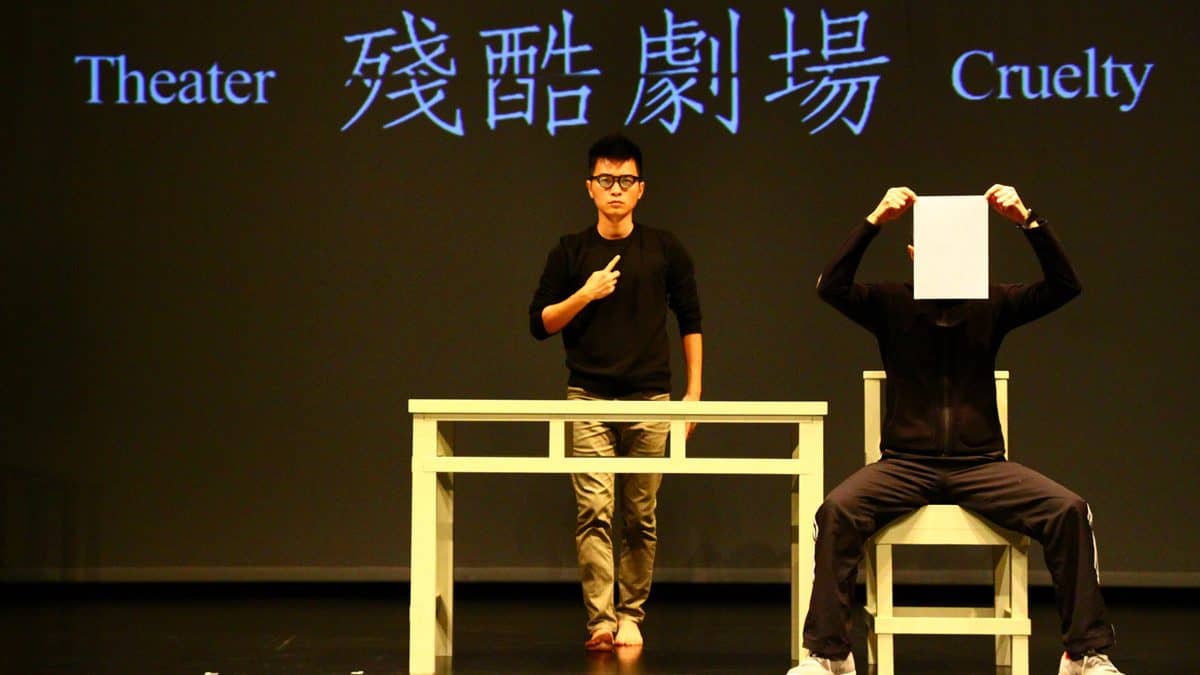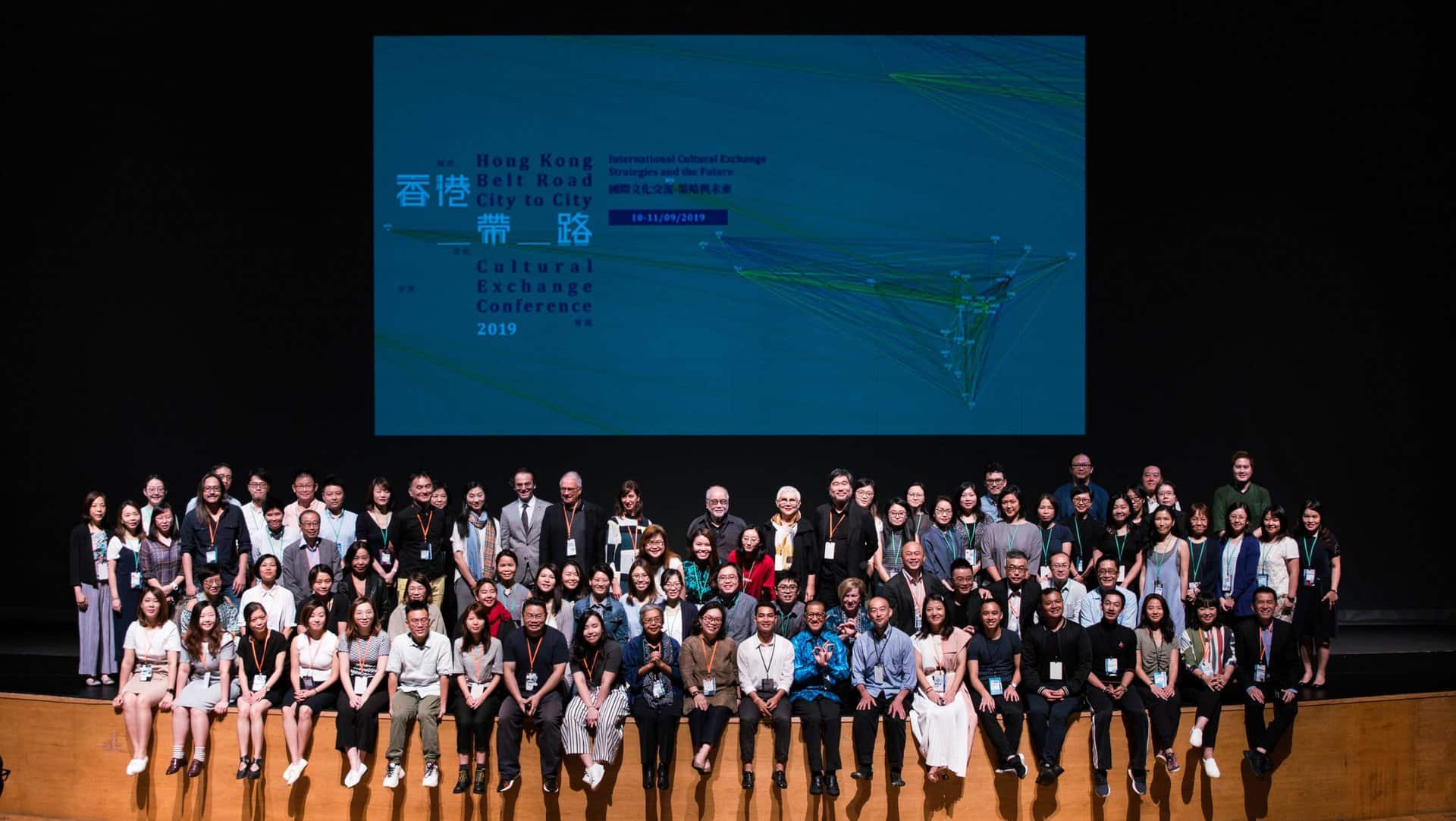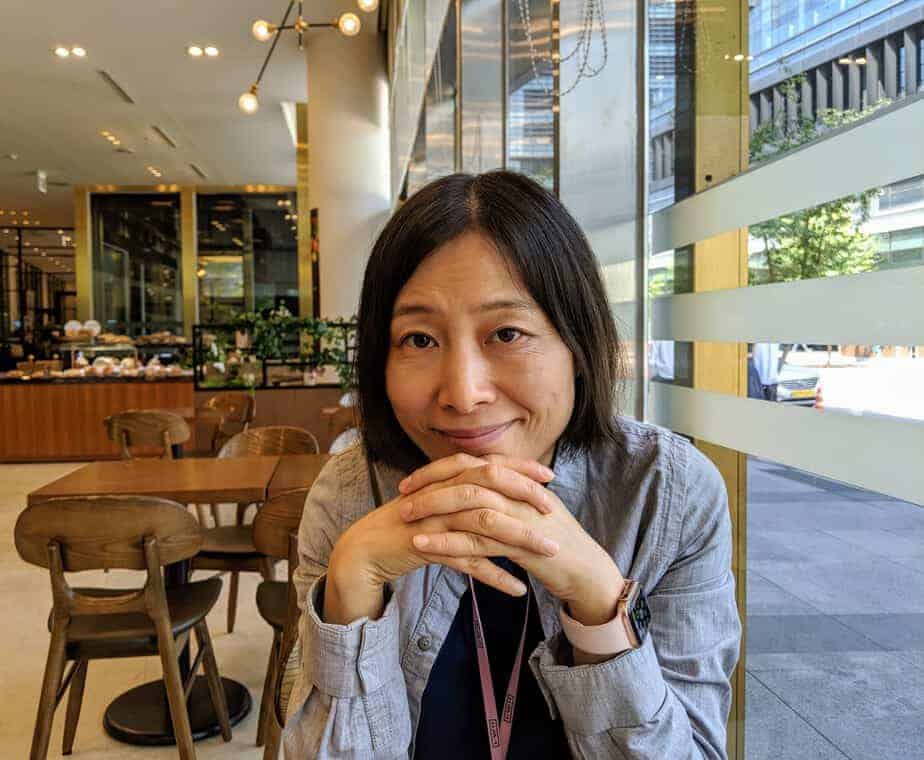By Liu Xiaoyi, Artistic Director of Singapore's Emergency Stairs”
initially written on Dec 06, 2022
Chinese version available from Yazhou Zhoukan (February 6-12, 2023 issue)
This article was also published on zuniseason.org.hk (March 1, 2023)
A city requires a strong foundation to become the ‘Capital of Culture'. While the word ‘foundation' itself comes from Latin fundāre, meaning – according to the Oxford Dictionary of English – ‘to lay a base for', the base for development would not appear out of the blue. A ‘Capital of culture' must be found upon history and a rich legacy of cultures propelled and maintained by the cultural strategies of both institutions and its civic communities. Renowned for being open and free metropolises as well as centers for finance, freight businesses, and trading, Hong Kong and Singapore could very likely outrun other cities to be selected as the ‘Capital of culture'. Issued in 2020, China's National 14th Five-Year Plan confirms Hong Kong's status of being the East-meets-West center for international cultural exchange. Likewise in Singapore, Our SG Arts plan, published in 2018, serves as a roadmap for the city's globalization and affirms the country's commitment to position Singapore globally, which is one of the three main proposed strategies. It equally constitutes the vision of National Arts Council Singapore.
Nevertheless, how prepared are we in terms of strategic planning and pre-empting challenges in building a centre for culture exchange? This article will take a closer look at three key aspects.
How much resources should be vested in constructing infrastructures to strengthen soft power?
First, a hub for cultural exchange certainly possesses hard cultural infrastructure. However, cultural infrastructure does not merely include the construction of museums and performing venues. Besides all the tangible infrastructure, a centre for cultural exchange should provide long-lasting and sustainable platforms for development, including but not limited to platforms for talent development, cultural research as well as professional network-building.
The establishment of various art festivals and arts centers does not entail the establishment of the aforementioned platforms. If the ‘platform' is solely used for shows and delivers only short-term results, it could best be regarded as an activity centers. Its role would be far from providing space for artists, researchers, policy makers, arts institutions as well as audiences to continue learning, communicate and exchange ideas.
In comparison to other cities in East Asia and Southeast Asia, Hong Kong and Singapore are way advanced in terms of resources to enrich arts and cultural creative contents. However, when Hong Kong and Singapore undertake the task of resource planning, how much of their focus is diverted into long-term research and development and how much of the resources are granted to build ‘soft infrastructures' that connect the cities and the rest of the world? Shows merely attract viewers while ample ‘soft infrastructures' attract creative talents. Only by gathering creative talents will a city turn into the ‘capital of culture'.

Are we nurturing any cultural leaders?
Cultural exchange requires talents with cultural visions and perspectives. Hong Kong has always been proud and content that the Hong Kong Academy of Performing Arts ranks as the top of performing arts schools in Asia. Meanwhile, Singapore is also striving for the establishment of its first arts university. However, will the students from these arts schools be visionary cultural leaders, managers with cross-cultural perspectives or craftsmen who could labour?
Could the existing arts institutions bring up legendary leaders like Kuo Pao Kun and Danny Yung? To Hong Kong and Singapore, they are much more than eminent masters of arts. More importantly, their contributions to building a network of cultures, their thoughts and actions devoted to cultural exchange all make them great leaders in the arena of arts development. Strategic thinking of true cultural leaders is made up of decades of experience. That necessitates a fertile ground to embrace creations and cultivate future leaders.
Cities like Hong Kong and Singapore have the upper hand because of the cultural diversity they enjoy and hence their forte in languages. Are the arts schools in Hong Kong and Singapore prepared for this? Have we spared plenty of resources for curriculum development for cross-cultural exchange? Have we equipped ourselves with soft power to consciously fill the gap for what formal arts schools cannot fulfil? Could both arts festivals and arts centers become the educational centers for cross-cultural exchange?

How to build a long-lasting network strategically?
Exchanges with foreign cultures certainly need an extensive network. The Hong Kong Arts Development Council's “Cultural Exchange Grant” stresses the promotion of local works, whilst the Market and Audience Development Grant of Singapore's National Arts Council (NAC) supports bringing performances abroad. Other than going abroad, we ought to be more open-minded and welcome people in. A center for cultural exchange or a metropolis with the intention to be out and out global needs to manifest a certain level of self-assurance and take the ownership to host and facilitate network-building.
Either outbound or inbound, most of the current exchanges are one-off and lack long-term planning. This surely has to do with the structure of arts grants. The grantors or patrons always demand to see short-term outcomes and efficacy. The primal concern of cultural exchange is nevertheless how to build a long-running and sustainable network.
In 2019, with the support of Zuni Icosahedron and National Arts Council Singapore, I conducted field studies in six different cities across Southeast Asia. The studies were unpremeditated and aimed to add to our understanding of their respective cultural environments, status quo of the cultural policy, exchanges, institutions and the challenges faced by each city. They collectively serve as preliminaries to further exchanges and planning. Might Hong Kong and Singapore as well support this kind of exchange which is more than just performances?

Conclusion
In the post-pandemic era, cultural exchange shall reach new heights with the current mode of mobility which will bring opportunities and challenges. Be it a hub for cultural exchange or the ‘Capital of Culture', Rome was not built in a day. If that vision stays merely in our imagination, it will never come to fruition. Whether it be Hong Kong or Singapore should devise plans and take ambitious steps. As well as competing, can the two cities enjoy close affinities and form a network for mutual development in the region and thus create a tale of two cities? Who will initiate, make plans, support, execute and evaluate – the question remains.















